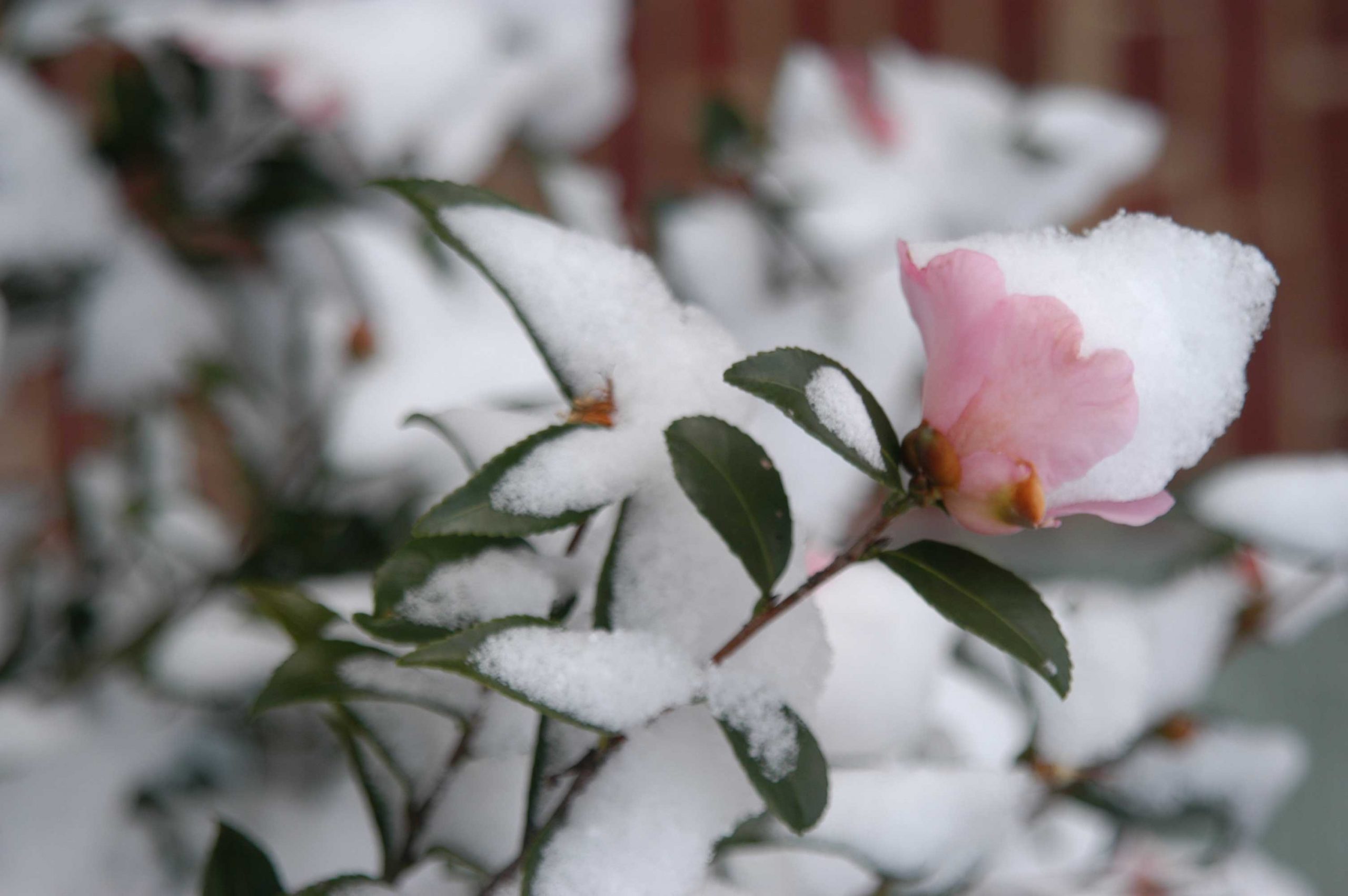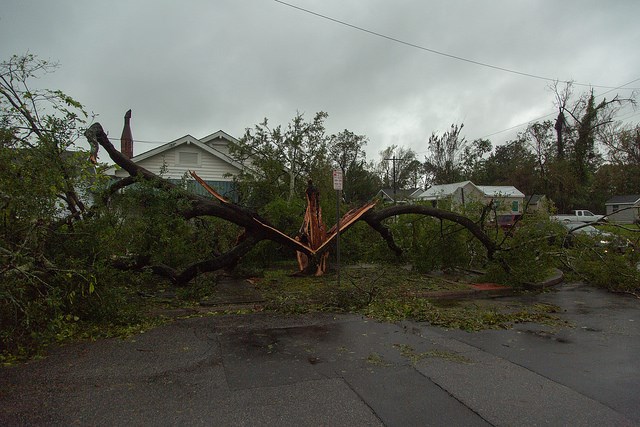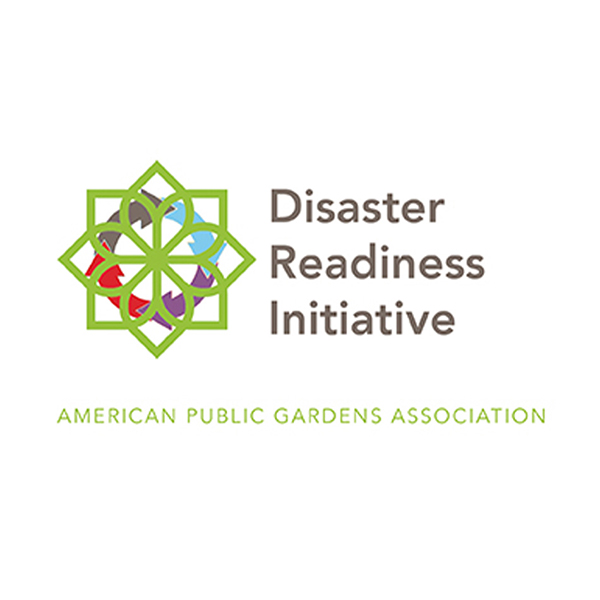DISASTER READINESS CALENDAR
Do you want to build a resilient public garden that is prepared for all hazards? True business resilience means maintaining safe facilities, educating your workforce, investing in supplier relationships, and building community connections. Why? Being prepared can mitigate any hazards you face and decrease your overall costs of disruptions.
DECEMBER
In December, prepare your business and garden plans for winter weather. Preparedness is key!

What does your organization need to know about winter and freeze preparedness?
Winter storms can bring harsh cold temperatures, snow, sleet, ice, high winds, and freezing rain. Winter storms can last up to several days, cut off heat, cut off power, and cut off communication services. Winter weather related warnings, watches, and advisories may be issued by your local National Weather Service office.

What does preparation look like?
Your organization can prepare for winter by:
- Checking the forecast often to get the latest weather.
- Create plans accordingly based on the expected weather conditions.
- Have a winter survival kit prepared in case someone must stay on site due to winter weather conditions. Check out this guide to plan the kit.
- Provide resources to employees about how to dress properly for working in cold weather and for creating their own winter survival kit for their car, if they have one.
- Ensure that buildings are prepared for winter weather. Check insulation, caulking, and weather stripping. Test smoke alarms and carbon monoxide detectors.
- Learn the signs of, and basic treatments for, frostbite and hypothermia. Check out this webpage about winter weather.
- Install a backup generator. If power goes out, you’ll be prepared. Make sure the generators are outdoors and away from windows to avoid carbon monoxide poisoning.
- Think about the messages you share on social media. Check out this Winter Weather Preparedness Social Media Toolkit for ideas.

What’s next after the storm?
Be cautious; melting snow can cause floods, roads my still be icy, and creeks and rivers may overflow from snow and ice melting. Stay tuned to your local weather for updated information on these conditions in your area. For more information about winter safety check out the National Weather Service’s website.




